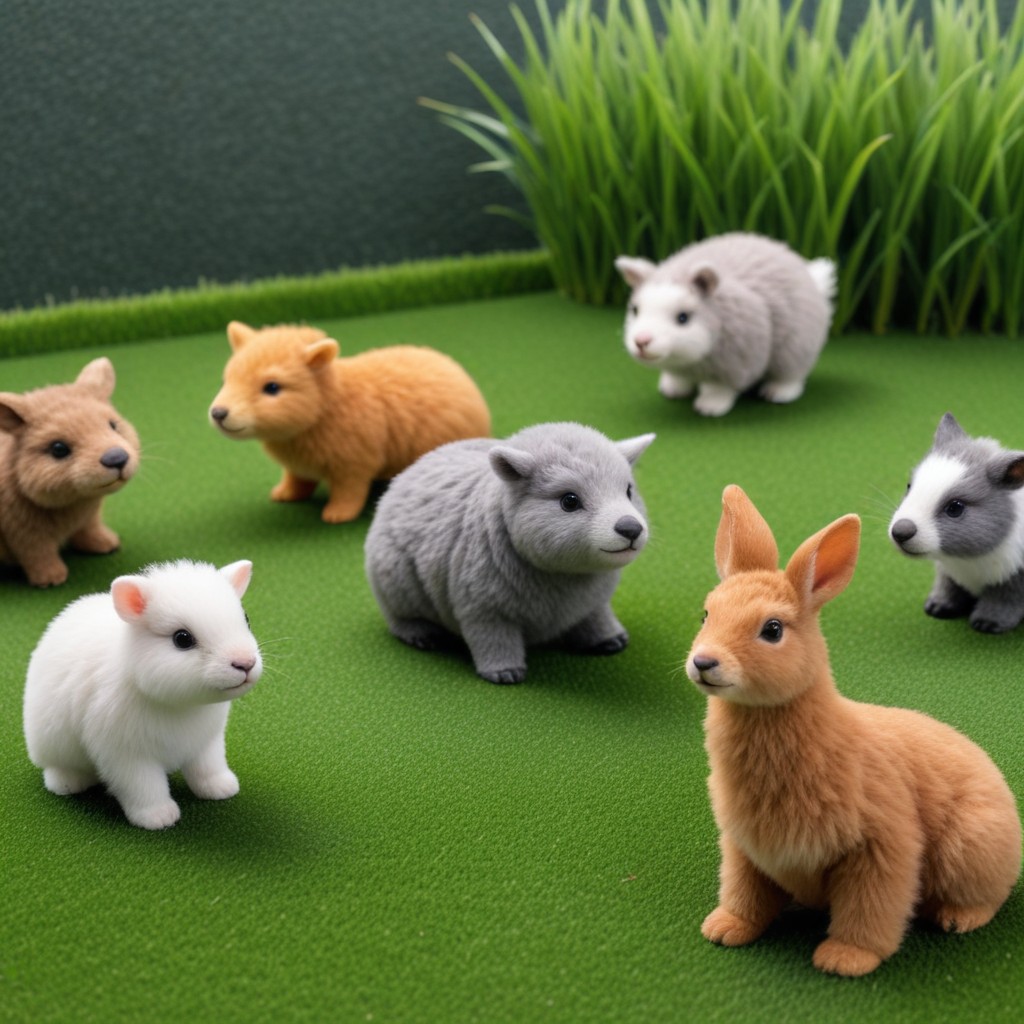The allure of wildlife in the garden adds a special touch to outdoor spaces, inviting nature to thrive alongside our homes.
However, some homeowners may wonder if it’s possible to attract wildlife into their gardens if they have artificial grass.
At Luux Landscapes, we believe that creating a wildlife-friendly environment is achievable, even with artificial turf. In fact, as the leading specialist for artificial grass Chelmsford, it’s a question that our experts are asked frequently.
In this blog post, our team will explore various strategies and tips for attracting wildlife into your garden, from providing bird feeders and flower beds to installing bird boxes and hedgehog homes.
With a little creativity and thoughtful planning, you can transform your artificial grass garden into a haven for birds, bees, butterflies and other fascinating creatures.
Bird Feeders
Bird feeders are a simple yet effective way to attract a variety of bird species to your garden, regardless of whether you have natural or artificial grass.
Hang bird feeders in strategic locations around your garden, such as near trees, shrubs, or outdoor seating areas, where birds can perch and feed comfortably.
Fill the feeders with a variety of birdseed, suet cakes and nuts to attract different types of birds, from sparrows and finches to robins and bluetits. By providing a consistent source of food, you’ll encourage birds to visit your garden regularly, adding colour, song and vitality to your outdoor space.
Flower Beds
Incorporating flower beds into your garden design is another effective way to attract wildlife, including pollinators such as bees and butterflies.
Choose a variety of flowering plants that bloom at different times throughout the year to provide a continuous supply of nectar and pollen for visiting pollinators.
Opt for native wildflowers and perennial plants that are well-suited to your local climate and soil conditions, ensuring their long-term success and attractiveness to wildlife.
By creating a diverse and colourful floral display, you’ll not only enhance the beauty of your garden but also provide essential resources for pollinators to thrive.
Bird Boxes
Installing bird boxes or nesting boxes in your garden provides safe and sheltered nesting sites for birds to raise their young.
Position the bird boxes in quiet and secluded areas of your garden, away from direct sunlight and potential predators, such as cats and squirrels.
Choose bird boxes with entrance holes sized appropriately for the species you wish to attract, whether it’s blue tits, great tits, or robins.
By providing suitable nesting opportunities, you’ll encourage birds to take up residence in your garden, adding activity and vitality to your outdoor space while contributing to local bird conservation efforts.
Hedgehog Homes
Hedgehogs are fascinating nocturnal creatures that play a vital role in controlling garden pests such as slugs and snails.
Creating hedgehog-friendly habitats in your garden, such as hedgehog homes or shelters, provides refuge for these prickly visitors and encourages them to make regular nocturnal visits.
Construct hedgehog homes using natural materials such as wood, leaves and twigs, and position them in quiet and sheltered areas of your garden, such as under hedges or bushes. Ensure there are gaps or entrances large enough for hedgehogs to enter and exit safely, and avoid using chemicals or pesticides that could harm these sensitive creatures.
Wildlife-Friendly Practices
In addition to specific wildlife attractants, adopting wildlife-friendly practices in your garden can further enhance its appeal to wildlife.
Avoid using chemical pesticides and herbicides that can harm beneficial insects and wildlife, and instead opt for natural pest control methods such as companion planting and biological controls.
Provide water sources such as bird baths, shallow dishes, or ponds for birds, butterflies and other wildlife to drink and bathe.
Create sheltered areas with dense vegetation, logs and rock piles to provide refuge for small mammals, amphibians and insects. By implementing these wildlife-friendly practices, you’ll create a welcoming and sustainable habitat that supports a diverse array of wildlife in your garden.


Leave a Reply
You must be logged in to post a comment.